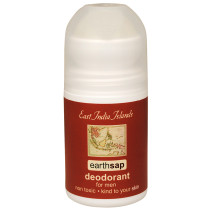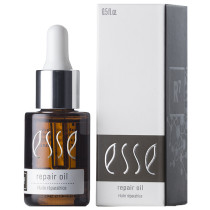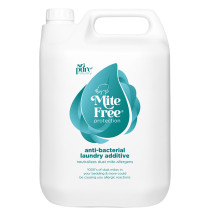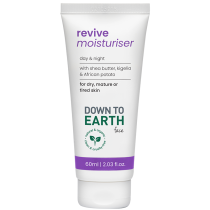Lavender
Essential oil
Lavender Oil
Other Name(s):
Lavandula angustifolia, Lavandula officinalis, Lavandula x intermedia, Lavandin, Lavandula x intermedia, Lavandula stoechas

Lavandula angustifolia is native to the Mediterranean where it happily endures moderate drought and frosts. It doesn’t require much water to thrive, requiring a minimum of 400 mm rainfall per year to flourish. In South Africa, very few pest insects bother it because it functions as a natural insect repellent.
Is Lavender Oil Faithful to Nature?
Yes.
Lavender essential oil is a beautifully aromatic ingredient that can be manufactured safely and farmed sustainably without harming the environment. It is, however, a powerful ingredient and should be used wisely.
Benefits: Why is Lavender Oil Used?
Anti-inflammatory properties
Lavender essential oil may improve the anti-inflammatory properties of creams and lotions.
Soothing for the skin
Lavender essential oil may help alleviate symptoms of eczema as part of a carefully formulated cream or lotion.
Insect repellent
Lavender essential oil is a natural insect repellent (working well against mosquitoes).
Natural preservative
Lavender essential oil has shown promising results as an all-natural preservative.
Lavender essential oil can be found as a single-ingredient item but is also used extensively in cosmetics and household products. Its distinctive fragrance is used to enhance moisturisers, shampoos, conditioners, bubble baths, bath salts, soaps as well as aromatherapy candles and air fresheners.
Lavender essential oil is most commonly made from the lavandula angustifolia variety. The fleshy leaves, stems and flowers are harvested and often dried in a dark place. The collected plant material is then steam distilled to extract the essential oil.
There are over 48 different varieties of lavender grown commercially.
EU regulations specify that certain fragrance oils commonly found in natural essential oils must be labelled separately on ingredient lists on cosmetic product labels. The EU governing bodies specify this because they are recognised as potential allergens which can irritate sensitive skin. Limonene and linalool are two of these and both are found in lavender essential oil.
Lavender essential oil contains the following compounds: a-pinene, limonene, 1,8-cineole, cis-ocimene, trans-ocimene, 3-octanone, camphor, linalool, linalyl acetate, caryophyllene, terpinen-4-ol and lavendulyl acetate.
When extracting essential oil via steam distillation, the collected steam and oil layers are both useful. The condensed steam is called hydrosol and has a gentle lavender fragrance but is less potent than the concentrated essential oil.
Dried lavender sprigs are also used by some chefs and adventurous home cooks.
Notice: The information provided here is not intended as medical advice and is for educational purposes only.
Products Containing Lavender
-
sku833

-
sku78963


-
sku61917

-
sku69991

-
sku137438


-
sku6709


-
sku11421


-
sku3176v1

-
sku137439


-
sku5471

-
sku4775

-
sku72

-
sku996

-
sku4776

-
sku126853


-
sku1536

-
sku6220


-
sku96581

-
sku465

-
sku1535

-
sku1533

-
sku118368


-
sku90003

-
sku1537

-
sku1530

-
sku9947


-
sku92583


-
sku1534

-
sku117375


-
sku1633

-
sku69027


-
sku2430v2

-
sku11217


-
sku79174


-
sku1632

-
sku6887


-
sku67628


-
sku67456


-
sku6222

-
sku130097




